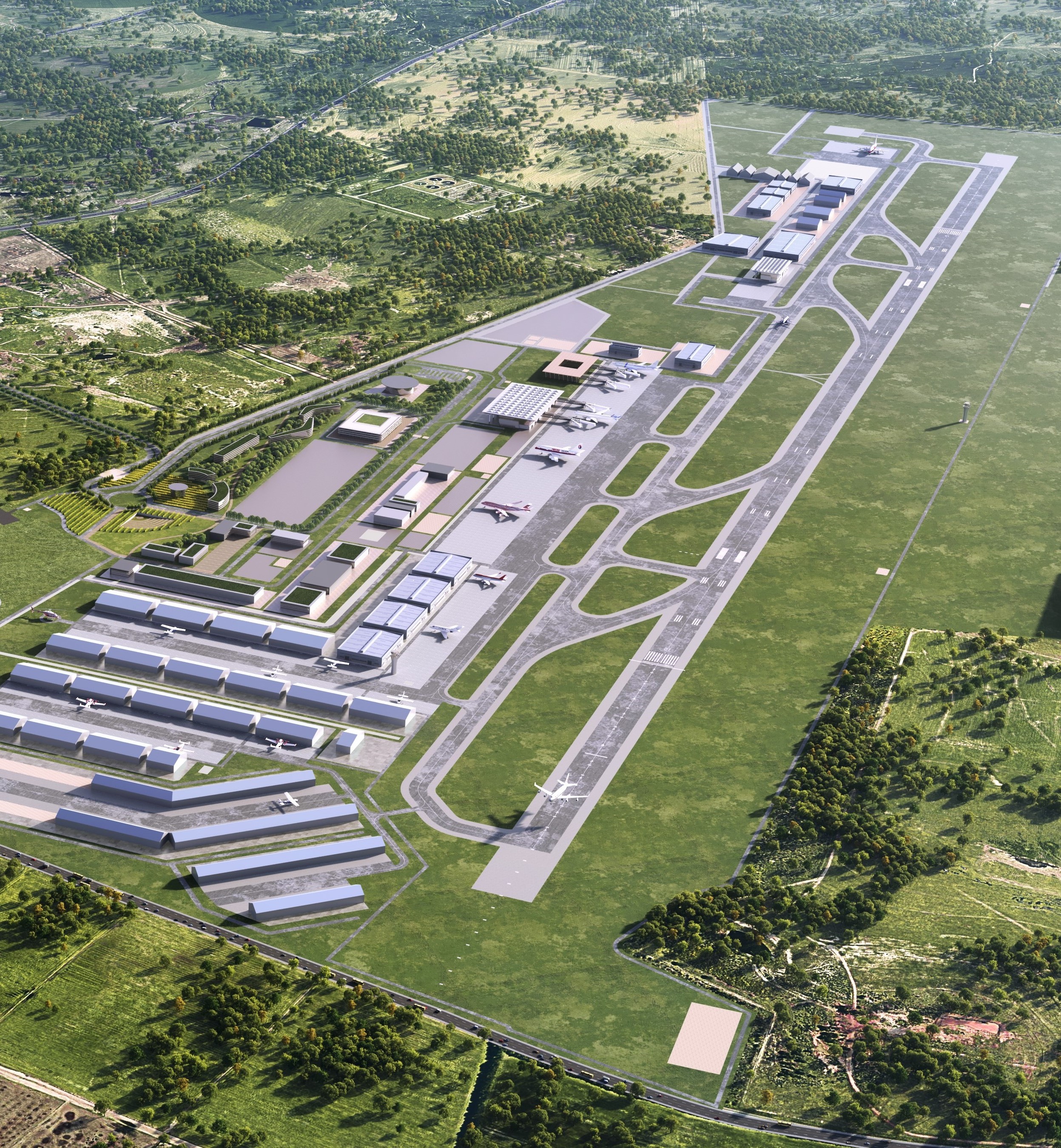The picturesque Cape Winelands region is set to soar to new heights with an estimated R7bn (€342m) airport expansion programme currently under way for the Cape Winelands Airport (CWA).
The airport is privately owned and will be privately managed. Deon Cloete, MD of CWA told Tourism Update that funding for the project would be raised through a combination of equity. “By way of example this will include investors becoming shareholders and also loan funding, for example, through banks.”
The airport, established in 1943, is an integral part of the Northern District of Durbanville, and is situated 25km from Cape Town International Airport. It is currently open and largely serves general aviation traffic.
The airport expansion programme and the construction for the upgraded airport will be concluded in 2027. There are a number of processes ahead of the commissioning of the new infrastructure. One of the key regulatory processes is an environmental impact assessment, which is currently under way.
“We are really excited about the airport expansion. There are so many benefits to a commercial airport in this part of the region and we know that this development will be a catalyst for growth. We see ourselves as an important part of the regional value chain, which is a responsibility we take seriously,” said Cloete.
Why a second airport?
CWA will provide airlines with a much closer ‘planning alternate’ airport that can be used for diversion fuel planning on flights inbound to Cape Town, enabling significant reductions in the quantum of additional reserve fuel required for each flight, as imposed by regulators.
A ‘planning alternate’ airport is a designated airport that flight crew can divert to in case of unexpected events or emergencies during a flight. It is a back-up airport chosen as part of the flight-planning process to ensure the safety and availability of an alternative landing site if the primary destination airport becomes unavailable due to weather, equipment issues, or other factors.
“In Cape Town, an international airline will generally identify one of the main airports in Johannesburg as its ‘alternate destination’ airport. This means that with every flight, it must carry sufficient fuel to fly to the ‘alternate destination’ airport in the event that it might need to. With the existence of CWA, a much closer alternate exists.
“Alternate airports are part of the flight-planning process and are specified in the flight plan, allowing the crew to make informed decisions in the event of diversions or emergencies,” said Cloete.
The benefits of CWA as an alternate destination is:
- Improved redundancy and less dependence on one airport.
- Reduction in fuel uplift – 110 000 000kg, thus enabling additional cargo opportunities.
- Annual reduction in fuel consumption (5% per flight) – 21 000 000 litres of fuel saved.
- Annual reduction in CO₂ emissions – 54 000 000kg less CO₂ into the environment.
- Improved flight times for all tourists and residents in an emergency.
- Reduced costs and enhanced viability will lead to reduced airfares and cargo rates.
“Unrestricted air access is key to ensuring the competitiveness of a region. Airports are well known for their ability to stimulate the economies of the regions which they serve, and this airport will be no different. Tourism is a key contributor to the local economy and an efficient airport will positively impact tourism in the region,” said Cloete.
Domestic and international
Cloete noted that the airport’s strategy included servicing a domestic and international market.
“We will be able to provide linkages to other airports in South Africa, also cross border, regionally. We are applying for an international licence too so that we can create international connections as well.”
The airport will service both scheduled and chartered flights, as well as handle cargo. The aim is for the airport to effectively process two million international tourists and three million domestic travellers per annum by 2050, taking the overall annual passenger traffic to the region from ten million to 20 million passengers.

Infrastructure
The development plans include vineyards as part of the landscaping aesthetics to portray the region’s wine culture.
Other infrastructure includes a plaza, a hotel, conference centre, a wine-tasting experience, an outdoor amphitheatre for events for up to 5 000 people, an aviation museum and plenty of at-grade parking, all situated in a ‘park- like’ environment. There will also be a diverse selection of high-quality dining establishments and boutique shopping outlets.
In the controlled airside area of the airport, a portion of the land will include a botanical garden with a diverse collection of indigenous fynbos, both within the country and globally.
“There’ll be a good mix of retail and food and beverage options. Our mantra is that the holiday starts at the airport. Given this, it is our intention to create an airport experience that offers a sense of place, in our case a sense of the Cape Winelands, which is one of the most beautiful parts of our country,” said Cloete.
Furthermore, the airport aims to be self-sufficient and off the grid for water and electricity as far as possible. CWA will harness renewable energy sources, such as solar and chicken manure biogas power, to power its facilities and operations.
“It will also be a ‘smart’ airport, so technology will be key. We are currently looking at what the innovative practices are globally and how technology can be applied to improve the airport experience,” said Cloete.
























